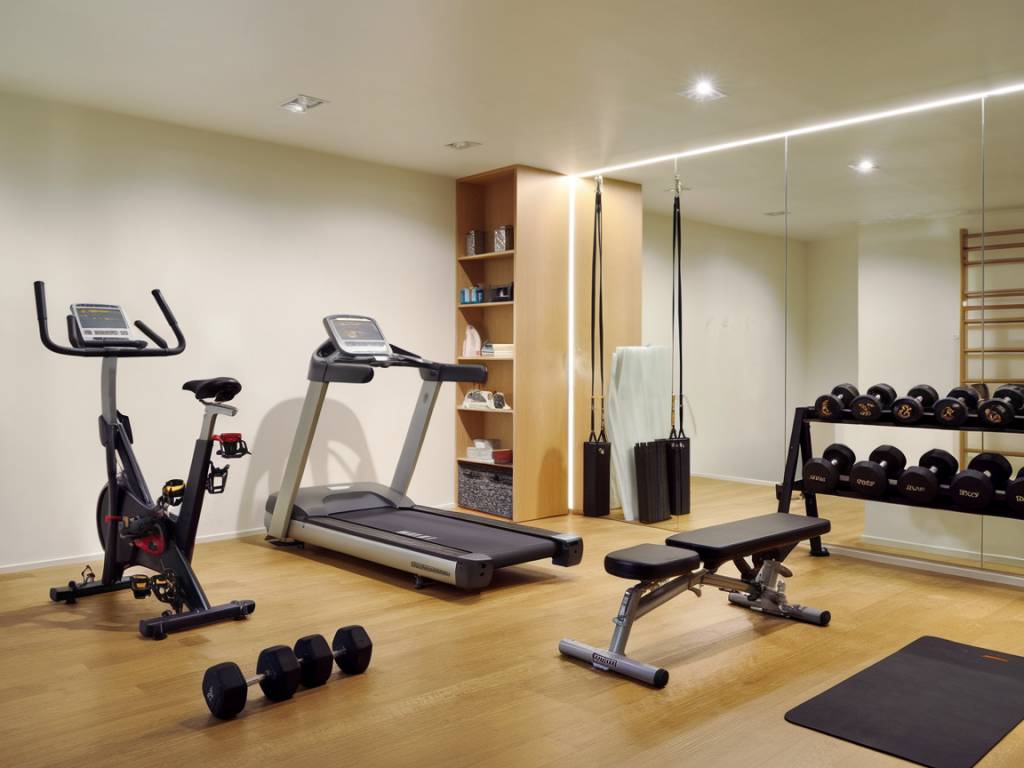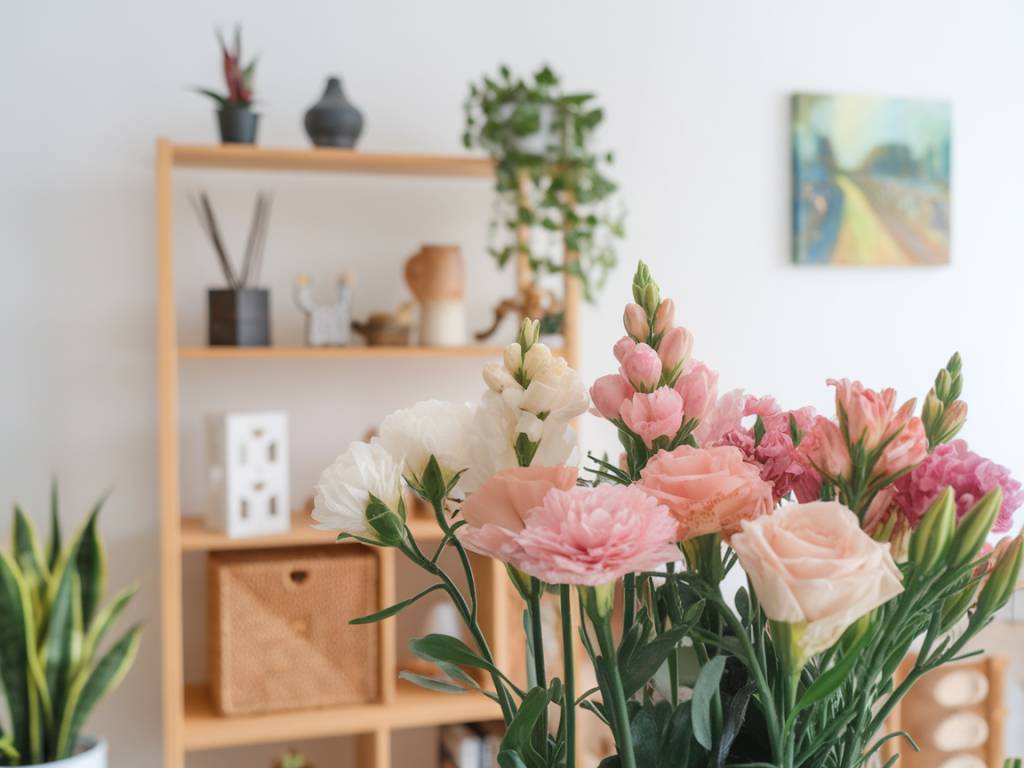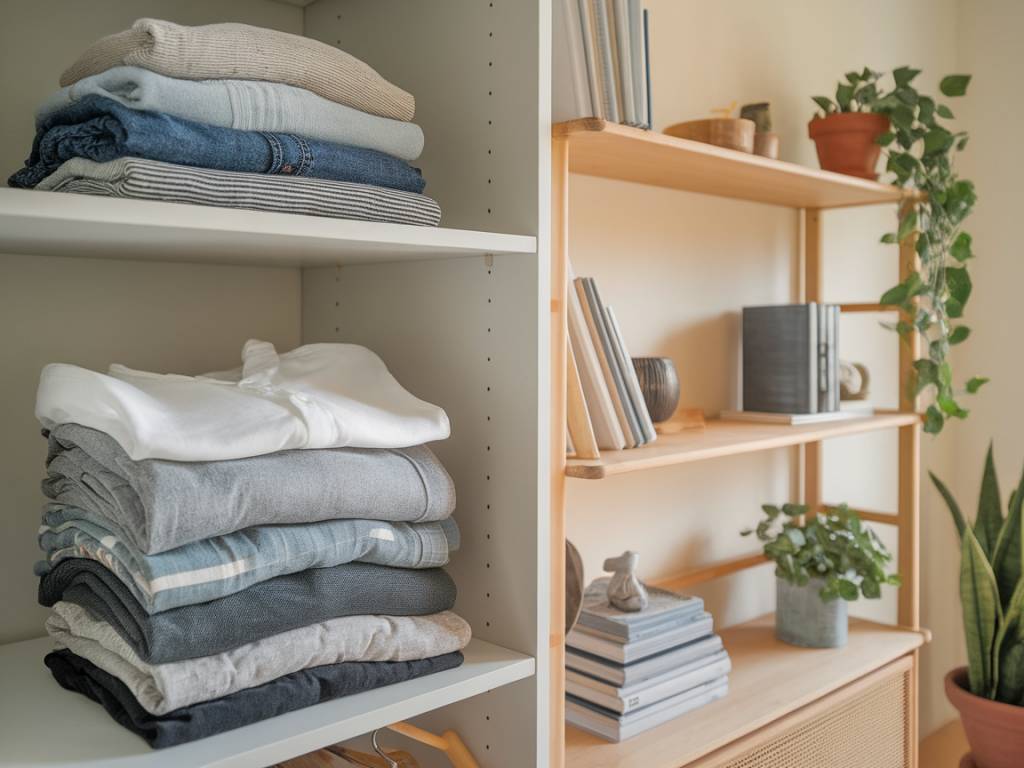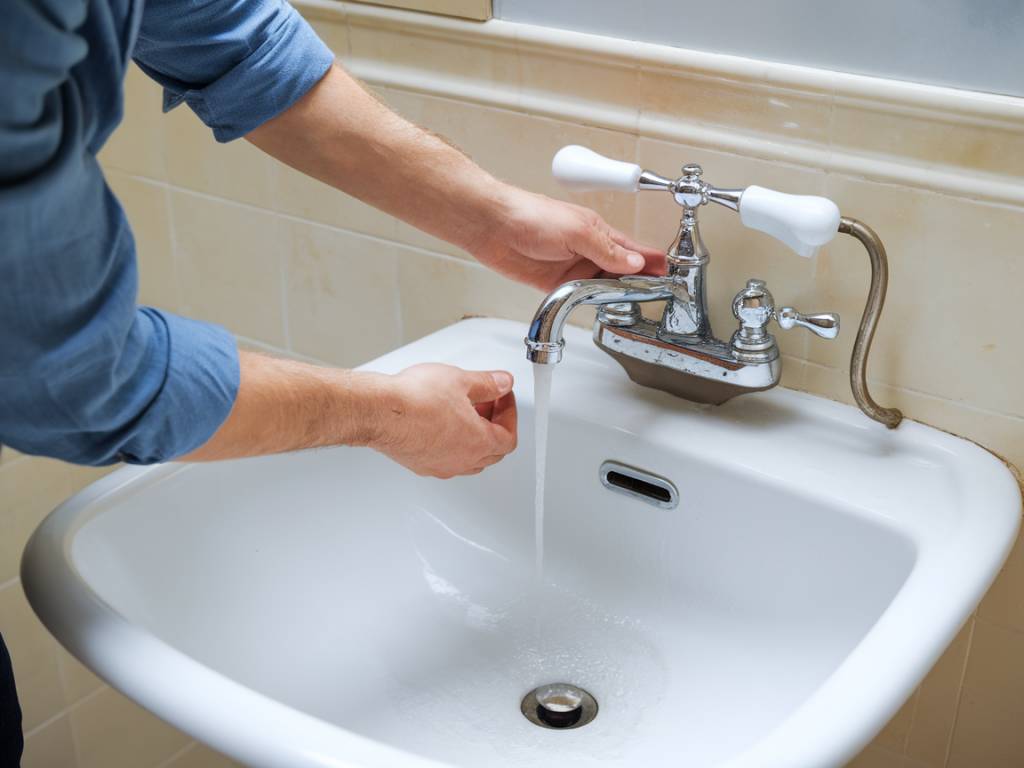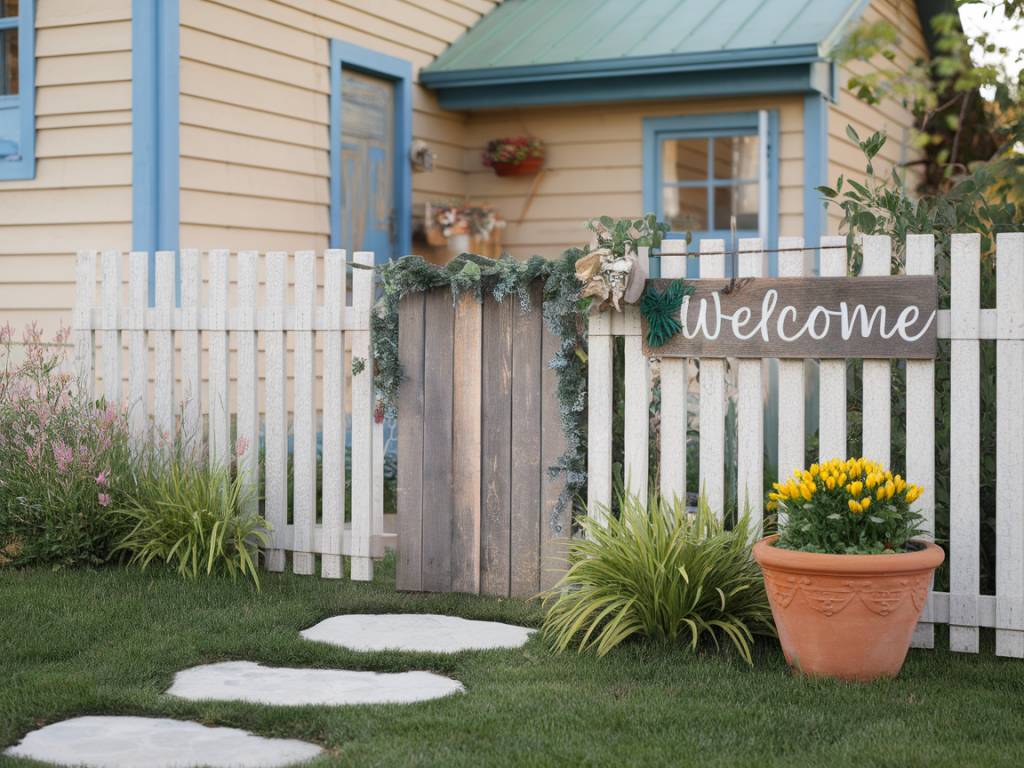Creating a home gym with minimal equipment can be both cost-effective and space-efficient. With the right strategy, you can achieve a comprehensive fitness routine without the need for bulky machinery or a large budget. This guide will provide essential tips and ideas for setting up an effective home gym that caters to your fitness goals.
Assessing Your Fitness Goals
Before purchasing equipment, it’s crucial to determine your fitness goals. Are you aiming to build muscle, improve cardiovascular health, or increase flexibility? Understanding your objectives will help you select the right equipment and exercises to achieve your desired outcomes.
Choosing the Right Space
Allocating a specific area in your home for your gym is essential. Whether it’s a corner of your living room, an empty garage, or a spare bedroom, ensure the space is well-ventilated and has enough room for movement. Consider factors such as flooring, lighting, and accessibility to keep your workout environment safe and comfortable.
Essential Equipment for a Minimalist Home Gym
Minimal equipment does not mean compromising on the quality of your workout. Below are some versatile and space-saving pieces of equipment that can cover a wide range of exercises:
- Resistance Bands: These are incredibly versatile and can be used for strength training, flexibility exercises, and even rehabilitation workouts.
- Dumbbells: A set of adjustable dumbbells can replace an entire rack of fixed-weight dumbbells, saving both money and space.
- Kettlebells: Kettlebells are excellent for full-body workouts, including strength, cardio, and flexibility training.
- Jump Rope: This is a simple yet effective tool for cardio workouts and improves coordination and agility.
- Yoga Mat: Ideal for floor exercises, stretching, yoga, and Pilates. It provides cushioning and a non-slip surface.
- Pull-Up Bar: This can be mounted in a doorway and is perfect for upper body and core strength training.
- Stability Ball: Great for improving balance, core strength, and flexibility.
- Foam Roller: Useful for muscle recovery and improving flexibility.
Organizing Your Home Gym
Keeping your gym organized will make your workouts more efficient and enjoyable. Here are some tips to maintain an organized and clutter-free space:
- Storage Solutions: Use storage bins, shelves, or a small rack to keep your equipment tidy and easily accessible.
- Multipurpose Furniture: Opt for foldable or collapsible furniture that can double as gym equipment storage when not in use.
- Designated Workout Area: Use floor mats or tape to outline your workout zone, keeping it separate from other areas in your home.
Creating a Workout Routine
Having a structured workout routine is key to achieving your fitness goals. Focus on incorporating a mix of strength training, cardio, and flexibility exercises. Here’s an example weekly routine:
- Monday: Resistance band strength training (full body)
- Tuesday: Cardio workout with jump rope
- Wednesday: Yoga or Pilates session
- Thursday: Dumbbell and kettlebell workout (upper body)
- Friday: Stability ball exercises and lower body strength training
- Saturday: Full-body HIIT (High-Intensity Interval Training)
- Sunday: Rest day or light stretching with a foam roller
Adjust the routine based on your fitness level and goals. Consistency is more important than intensity, so prioritize regular workouts over highly intense but infrequent sessions.
Staying Motivated
Motivation is a critical factor in maintaining a successful home workout regimen. Here are some strategies to stay motivated:
- Set Goals: Establish short-term and long-term fitness goals to keep you focused and motivated.
- Track Progress: Keep a workout journal or use a fitness app to monitor your progress and celebrate milestones.
- Create a Playlist: Music can boost your mood and energy levels during workouts, making them more enjoyable.
- Find a Workout Buddy: Exercising with a friend can add an element of accountability and make workouts more fun.
- Variety: Change your routine periodically to keep it interesting and challenging.
Health and Safety Considerations
While setting up your home gym and beginning your fitness journey, it’s vital to keep health and safety in mind:
- Warm-Up and Cool Down: Always start with a warm-up to prepare your muscles and joints for exercise and end with a cool-down to facilitate recovery.
- Proper Form: Focus on maintaining proper form to avoid injuries. Watching instructional videos or consulting a fitness professional can be helpful.
- Stay Hydrated: Keep a water bottle handy and drink plenty of water before, during, and after your workout.
- Rest Days: Allow your body to recover by incorporating rest days into your routine.
- Listen to Your Body: Pay attention to how your body feels. If you experience pain or discomfort, stop the exercise and seek professional advice if necessary.
Investing in Online Fitness Resources
Many high-quality online resources are available to guide you through workouts and provide fitness education. These can be particularly useful when starting or diversifying your home gym routine:
- Fitness Apps: Apps like MyFitnessPal, Nike Training Club, and Peloton offer guided workouts and progress tracking.
- Online Classes: Platforms such as YouTube, Zwift, and Amazon Prime have a plethora of free and paid fitness classes.
- Virtual Trainers: If you need more personalized guidance, consider hiring a virtual personal trainer.
Creating a home gym with minimal equipment is a fantastic way to meet your fitness needs without the inconvenience of going to a commercial gym. With thoughtful planning and dedication, you can transform a small space into an effective and enjoyable workout area. Focus on your goals, stay motivated, and adapt your routine as needed to achieve your fitness aspirations.

